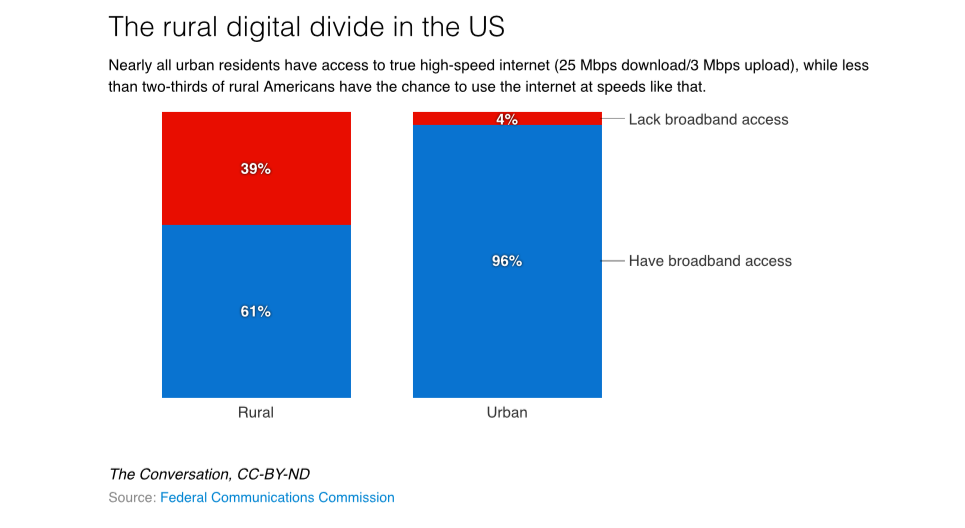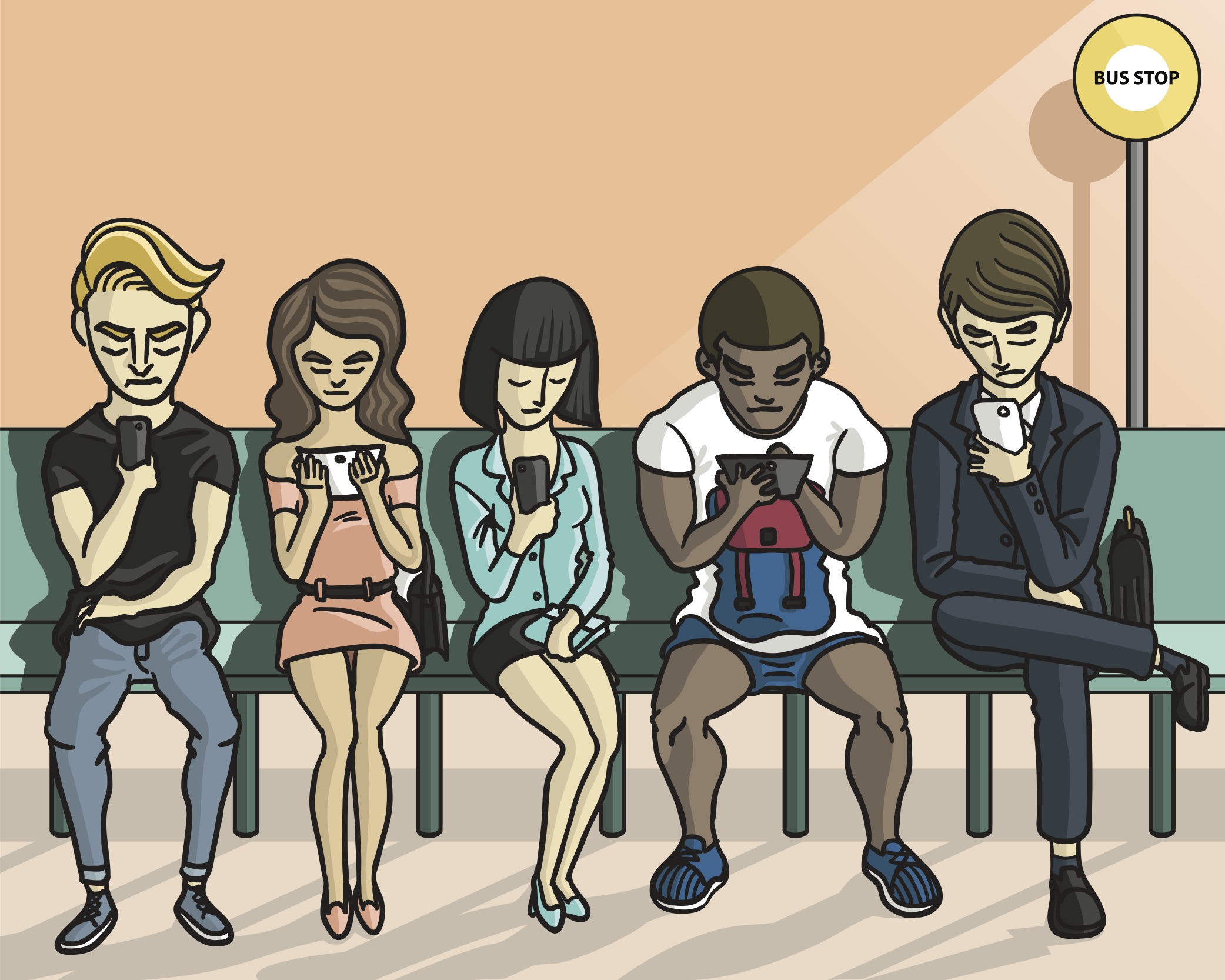
It’s hard to imagine areas of our world where constant mobile communication isn’t the norm — but even in the U.S., there are places where mobile internet access is not as all-encompassing. Despite our culture’s near-obsession with smartphones, a glance at Pew Research statistics shows the mobile revolution is still impacting urban and suburban areas more than rural areas.
While the number of mobile devices in rural-American areas has sharply increased, adults in these areas are still 10 to 12 percent less likely to have a smartphone than in urban or suburban areas. Only 58 percent of rural survey respondents told Pew Research that they go online on a daily basis, while one in five said they never go online.
Mobile-only still not an option
This discrepancy is largely due to a lack of infrastructure to provide speedy internet access — broadband or mobile — consistently across rural areas. Part of the struggle is a lack of choice: a 2015 White House study found that three out of four Americans have access to only one high-speed internet service provider. While the freedom to access networks on the go may seem like a logical fix, limited selection means it simply isn’t feasible at this point in time.
The FCC recently reported that “mobile services are not full substitutes for fixed services — there are salient differences between the two technologies.” This conclusion was made even as the FCC was evaluating standards that would consider mobile internet a sufficient replacement for home internet. For many rural residents, this gap between mobile and fixed services often means no internet use at all — 39 percent of rural Americans, or 23 million people, still lack access to high-speed Internet, compared to just 4 percent of urban Americans.

Gaps in mobile coverage
While it’s currently not a full replacement for strong fixed internet, mobile-only internet is on the rise. For example, Pew Research found one in 10 Americans now rely on smartphones for internet access, with increasing reliance coming from non-white, low-income, and younger Americans.
Recent analysis by University of Texas communication professor Sharon Strover examined mobile internet as one of the options to fix rural America’s internet gap. Conducting the research in Maine, her team found a case involving four people on four different carriers lacking any consistent service in an area, and another where good signals could only be found in specific spots in a town — often in inconvenient places like the middle of streets.
The U.S. is not a world leader in availability of the most current mobile internet standards like 4G LTE. According to openSignal, that honor goes to South Korea, followed by Japan, Lithuania, Hong Kong, and the Netherlands. The U.S. edges out Qatar for the No. 10 spot, but is considered a drag on the global average LTE speed. In addition to this, densely populated urban areas are the first to get mobile internet improvements like the incoming 5G, which won’t even see broad deployment until next year.

How do we close the gap?
There are multiple solutions that have emerged to start closing the rural internet gap, with many of these ideas coming from people in the rural areas themselves. For example, a company in Georgia called Paladin Wireless leases space on existing structures in cities to install wireless internet transmitters in a manner similar to cellphone service. There’s also a strong push to treat high-speed internet access as a public utility. In a Pew Research poll, 70 percent of respondents said local governments should be allowed to construct their own broadband services, with Chattanooga, Tenn., being one of the most widely reported success stories.
Ultimately, as Professor Strover points out, closing rural America’s mobile internet gap — and its overall internet gap — will come down to a fundamental question of values: that is, whether or not government and private companies are willing to invest in providing internet service to both rural and urban areas of America, and commit to ensuring that it is affordable.